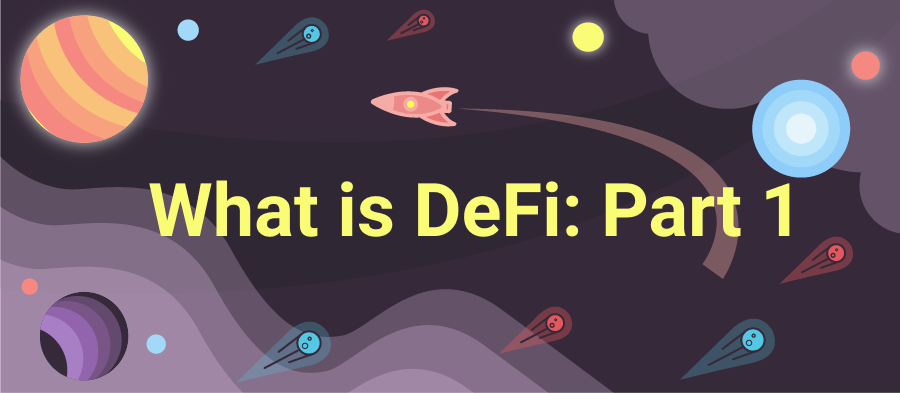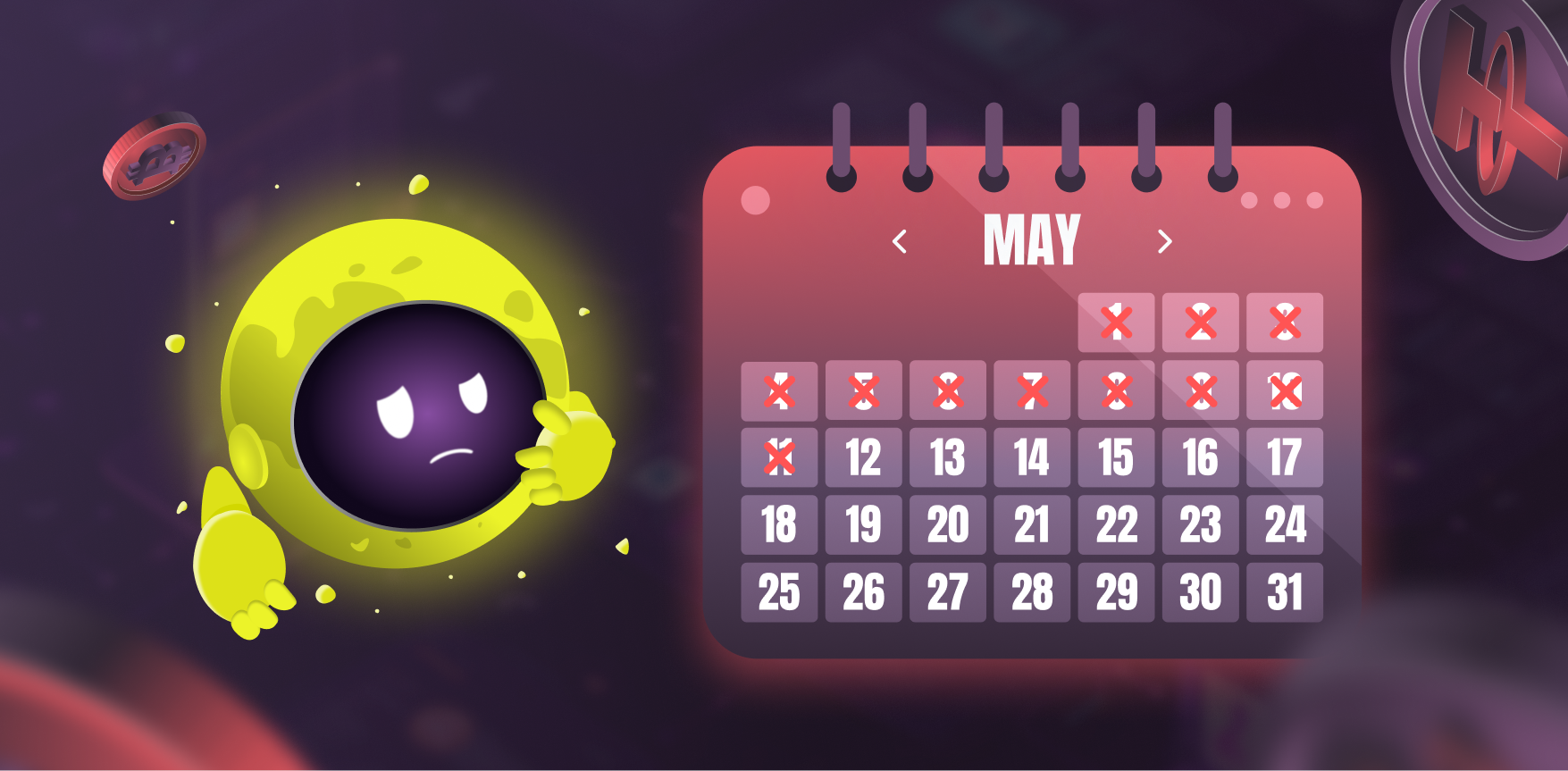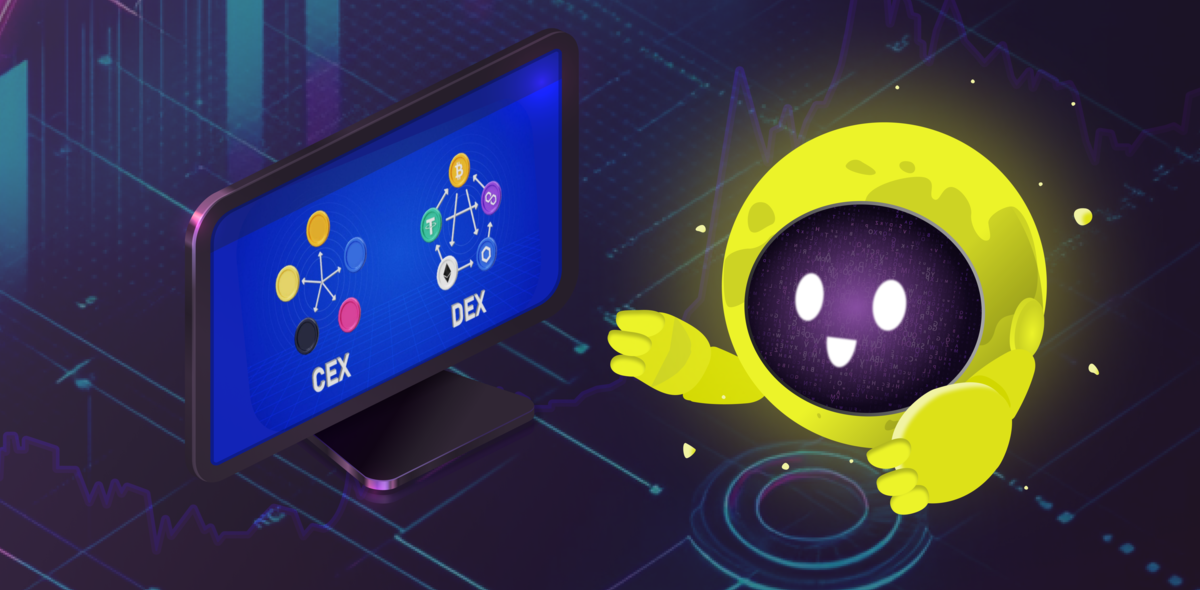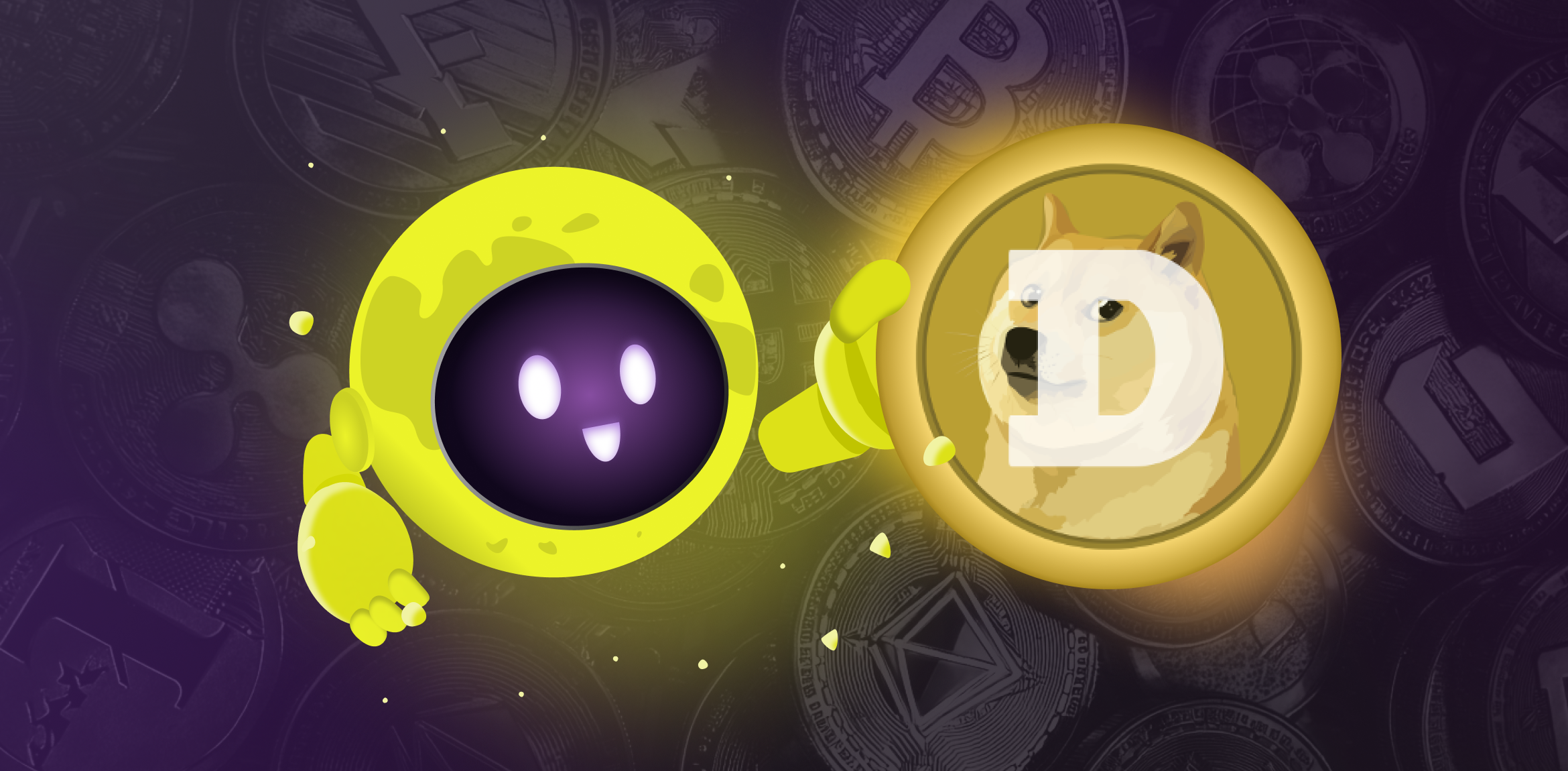
With the increasing interest in stablecoins offered by platforms like MakerDAO and Ampleforth, recently followed by the explosive growth in popularity of such lending services as Aave and Compound, to name a few, decentralized finance, or simply DeFi, stole the show and got into the limelight of the cryptocurrency arena in the last few months. However, the idea of DeFi is not altogether new as it had been lurking in the shadows of crypto space for quite some time. How it snatched the spotlight, what makes it tick, and why it is possible in the first place are the topics that may be of interest to our readers. So let’s look deeper into it and see what precious pearls are hidden beneath.
Decentralized finance, explained
As the name suggests, decentralized finance refers to financial services offered and delivered in a decentralized, trustless way. This is the key value proposition of the entire DeFi space, inheriting it from the blockchain tech on which it is based. On the other hand, what particular financial services are rendered this way is not very relevant to the point in question as they can be any, the more the merrier. The traditional financial industry is made up of and encompasses a wide range ofinstitutions such as commercial banks and insurance companies, investment and hedge funds, money markets and stock exchanges, etc. Ultimately, they all act as intermediaries, that is to say, third parties standing between you and someone like you at the other end of the bargain. In fact, it is hard to come up with a service that couldn’t be administered and delivered directly. To be sure, when you need a loan, a bank can give you one. On the other hand, you yourself can give a loan to the bank in the form of money in your savings account opened there. However, you can loan money to other people as well as borrow from them on your own, without a bank between you and your lender or borrower. Banks just make it more convenient overall by craftily hiding the minutiae and technicalities from you. DeFi does essentially the same but removes the bank from the process altogether. This is a big deal because you no longer have to trust the third party, in this case, the bank, and a fundamental difference between traditional and decentralized finance. In a nutshell, DeFi seeks to offer conventional financial services in a trustless way by removing intermediaries and central authorities, which also happen to be single points of failure. The term bankruptcy should tell you something.
How is DeFi possible in the first place?
Financial services, whether traditional or decentralized, deal with money based on some logic triggered by the outcome of external events. To illustrate this, let’s take the following situation. You are a happy homeowner (good for you) and want to cover theft and break-ins should they occur. You buy an insurance policy and pay some monies called an insurance premium. If things turn from good to bad and your house gets robbed, you contact your agent and the damages incurred will be, well, may be reimbursed by your insurance provider. There are three key elements to this business that we must examine for understanding how a very ordinary and common financial service can be organized as a DeFi one. The first element is indeed money which gets moved around. There is some logic, or rules, in all of this, and it is the second element describing a specific service, in our case, home insurance. And then there are external events or triggers that set the entire scheme in motion. Those would be the homeowner applying for insurance and then him filing a claim in case of burglary. So how can such a service be decentralized? If you haven’t figured it out yet, we need to decentralize the components we have just identified. Decentralized money? We already have it, actually, all manners. Business logic? That's what smart contracts are for. Things get a little tricky with reliable and authentic reports of the external events that would activate the smart contract execution and its fulfilment. But we have that covered too as this is what blockchain oracles have been specifically designed for. And the utmost irony is that we can now take the insurance company, the “third party”, out of the insurance business without losing its core function. We will look into concrete implementations of decentralizing insurance in the second part of this exposition but for now, let’s check what other fields DeFi has proved to be a huge success in.
What fields does the DeFi space currently embrace?
Historically, decentralized exchanges (DEX) were the first use case of decentralized finance even before the term itself, DeFi, has been coined. The story of DEXes started off with BitShares in summer 2014 and has been unfolding ever since. On-chain exchanges allow you to trade crypto assets in a decentralized way without losing the ownership of the private keys to your coins, with trades being executed on-chain, as was the case with BitShares or is the case with modern general-purpose blockchains that support smart contracts. However, there is still a lot of debate going on regarding how truly decentralized these exchanges are. In many cases, to make such an exchange actually usable, trades are still conducted on third-party servers, mostly the servers of the exchange. Aside from that, the exchange developers typically retain control over the blockchain used as a trade vehicle. And we are not talking about the exchanges that only claim to be decentralized while in reality being a far cry from the main ethos of DEX, that of users maintaining the ownership of their keys. Cryptocurrencies are often accused of extreme volatility, and for a good reason, even though for short-term traders regular and powerful price swings are a godsend. So the need for keeping the dollar value of cryptocurrency capital without cashing out called for a financial product that would do the job, and that pushed the effort toward creating stablecoins.
Basically, there are two varieties of stablecoins, centralized ones such as Tether or TrueUsd, on the one hand, and decentralized ones like DAI, on the other. Decentralized stablecoins maintain their peg to an asset, say, the US dollar, not directly, but via another cryptocurrency used as collateral. It works because there is always a push toward parity either from above, by creating and selling more stablecoins at a premium, or from below, by buying and liquidating them at a discount. If a given unit of the stablecoin becomes undercollateralized, it is liquidated via the smart contract governing it, and the price gets pushed back to parity again. This is a textbook example of the smart contract tech at work. While decentralized exchanges and stablecoins are tremendously important on their own, DeFI came to prominence thanks to the application of smart contracts in another field, namely lending and borrowing. The truth is, the term DeFi was first referring to this use alone and only later got extended to other fields. Decentralized cryptocurrency borrowing and lending are easily the most widespread and capital-intensive uses in the entire DeFI space today. But we wouldn’t be telling the whole truth if DeFI was just about the three use cases described above. It is a very active field with numerous dimensions along which its development goes. As we have already mentioned in the preceding section, DeFi can be used in insurance. Besides that, it is now used for staking and alternative savings, prediction markets, and even in such a surprising field of application as decentralized courts, among others.
To be continued
This was the first part of our two-part exposition about decentralized finance. In this part we briefly discussed what DeFi is, how it works, and where it can be used. In the second part we will dive extra deep into specific products now available on the market, expanding our knowledge of this incredibly fascinating subject with more concrete examples. Don’t miss it!




